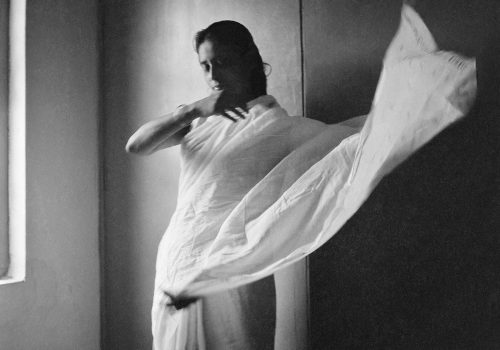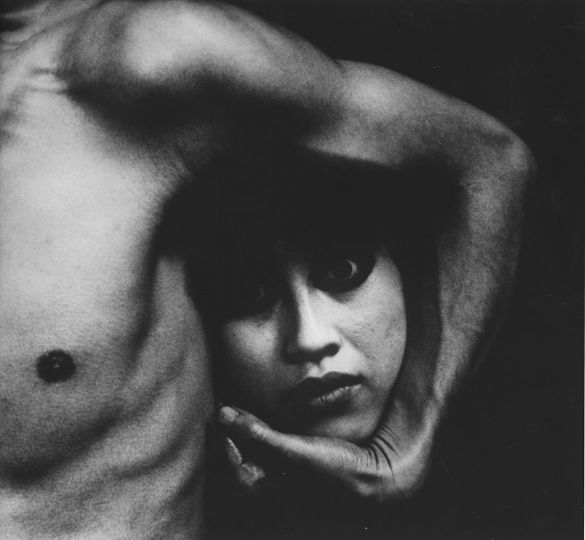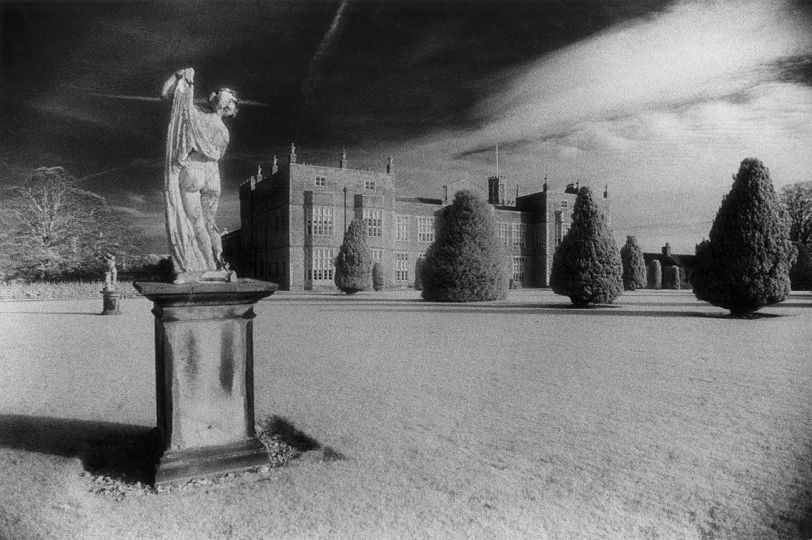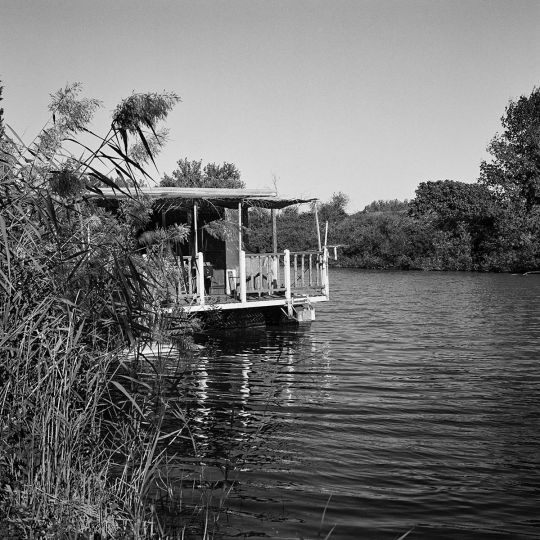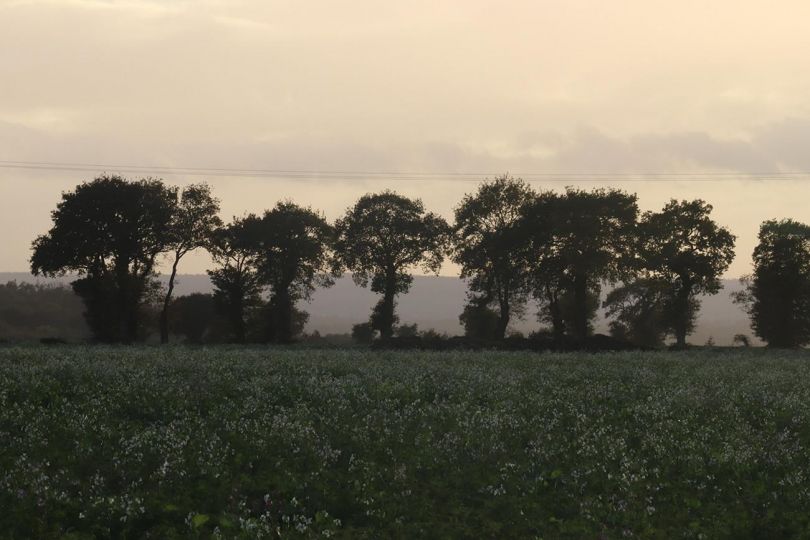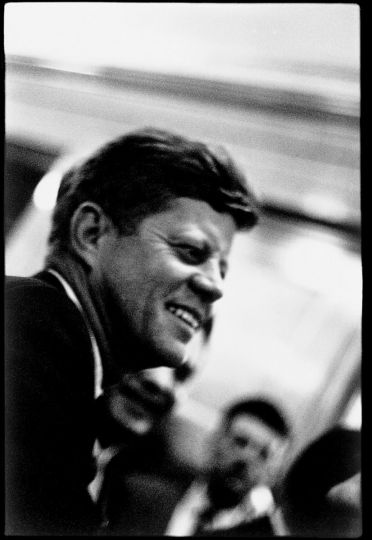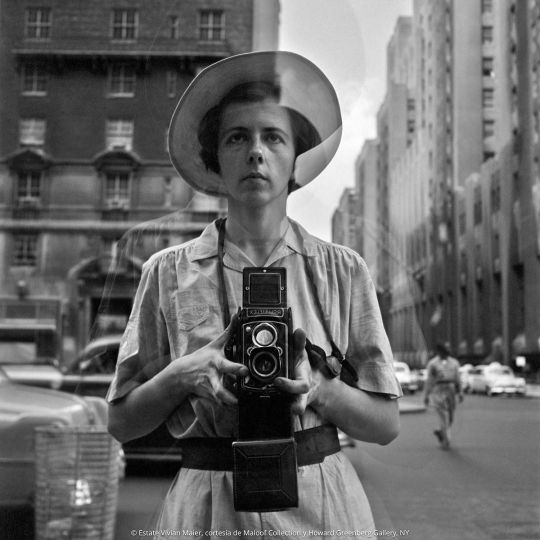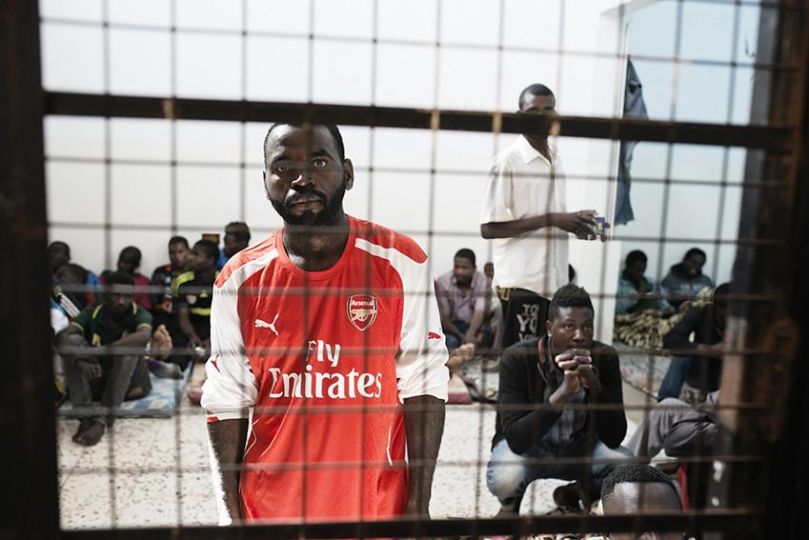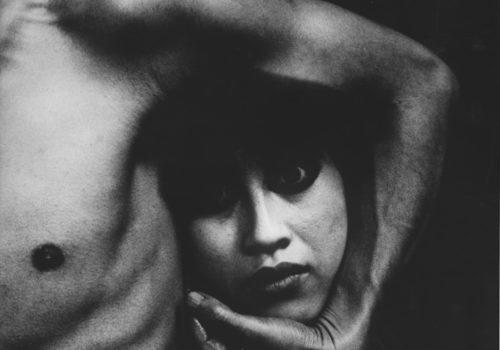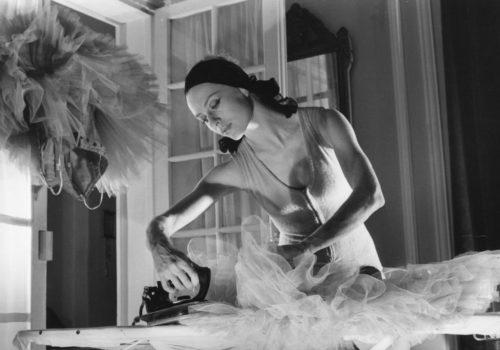More than twenty-five years separate the photographs of Richard and Pablo Bartholomew, but the similarities in their subjects and the way they look at Indian society are striking. This exhibition at Maison Européenne de la Photographie in Paris puts in perspective the singular works of a father and a son.
If attention can be construed as a form of prayer, and the act of looking a subset of attentiveness, then it could follow that the gesture of seeing, continually, over time, both the self and the world enveloping it, is an extension of grace… grace that transcends self-indulgence in favour of a generous artistic expression that isn’t saddled by the fear of vulnerability or transparency. Richard and Pablo Bartholomew, father and son, demonstrate such grace through their individual practice of photography. Their two self-portraits at the beginning of Affinities demonstrate this very attribute. Separated by time, the two, authored respectively by father and son, attest also to both their individual and shared aesthetic sensibilities. Both are portraits of young men as artists scripting their present and the fate of their trajectories.
Richard is reflective. A lit cigarette breathes between two fingers of his right hand. His left wrist rests on his desk, between a thin pile of papers held down by a pen stand and the typewriter keys, his pointer finger weighing against the carriage return as if poised mid-thought. The image seems to be framed both meticulously and spontaneously. There are signs of obvious construction, of Richard having negotiated the planes of light filtering in through the window, of him having looked through the lens intensely enough to reconfigure his posture; the angling of his chin, the direction of his gaze, low enough to seem lost in thought, but not so much so that the eyelids appear closed. What we are invited to see is a Burmese refugee “at home” by his writing desk, his asylum, consciously recording the setting for his creative process.
Paired alongside this introspective self-portrait is one of Pablo, the morning after a trippy night, which we assume to be drug-filled. Where his father averts gazing directly into the camera, the son prefers a full frontal, piercing glare. He appears to be seated on the floor, his hands and legs touch at the knees as he occupies the centre of the frame, his narrow body undeterred by the presence or absence of substances in his bloodstream, behind him the minimal paraphernalia one associates with a bachelor pad.
His could be read as a portrait of someone singled out, the son of refugee parents, born and raised in Delhi, expelled from school for having drugs on his person, and subsequently condemned as a pariah. Within the frame lies his refuge. Photography would be his sanctuary and the marginal histories that defined his origins and adolescence would come to inflect the narrative of his gaze.
It is fitting that this three-part show begins with this pairing, one among a series of 36 such that showcase the aesthetic inclinations shared by father and son, since it sets the scene for both photographers’ penchant towards documenting the intimacies and immediacies of the lives around them, within the fringe worlds they each inhabited. The subsequent pairings build on this associative relationship, looking at the same thing, possibly, but in different moments, like time-travellers. Richard gives us access into artists’ homes, art gallery after parties, the domesticity of his living room with his wife, Rati, reading, and young Pablo and his brother crouched asleep on chairs, and glimpses of street life and architecture, besides exquisite night shots. Pablo reveals how so much of his adult world ran in parallel to his father’s, that, like with Richard’s generation, the embrace of modernity didn’t come at the full expense of the traditional values, and his coterie of friends was still infected by the effusive optimism of being young in post-Independent India.
Beyond the immediate aura of self, friends and family, Richard, one of India’s first and finest art critics, also extensively documented the Tibetan refugee community in the early years of their settlement in India, after their forced exile from their homeland by China. As the curator and development officer of Tibet House, New Delhi, from 1965, when it was founded by His Holiness, the Dalai Lama to preserve and disseminate Tibetan culture while providing a center for Tibetan and Buddhist studies and for refugees to market their artifacts and carpets, until 1973, Richard personally catalogued the Dalai Lama’s collection of religious objects and travelled with them to the US and Japan. Fixing the former director of Tibet House, Lama Domo Geshe Rimpoche, as the central figure of Travels with the Lama, we witness Richard’s extensive engagement with the various refugee settlements spread across the Himalayas and their relentless efforts to maintain their culture while in exile through the arts.
Finally we are led on an excursion into the alternative subcultures of the 70s in India through Pablo’s diaristic recordings of the hippies, beginning with his eight-part World Press Photo award-winning series, Time is the Mercy of Eternity, focussing on a Morphine addict in New Delhi, and including a slew of images from different cities in India that were part of the chillum-infused Hippy trail, alongside scenes from college festivals and the grim interiors of opium dens in Mumbai and their dazed inhabitants. The gaze is a non-judgemental one, even in the dingiest, most uninviting situations, because the person looking doesn’t see himself as one not predisposed to the same excesses or intoxications. All made before Pablo would fall into a career as a full-time photojournalist, the photographs in this series are marked by the pleasure of encountering people incidentally, or through the many different social circles he roamed in. The series also conjures a portrait of another India, one that the orientalist mind-sets couldn’t conceive of, that was touched by Western influences but was still rooted enough to claim an authenticity, one that had yet to be contaminated by the drudgery of capitalism and the monolith homogeneity of globalisation.
Rosalyn Dmello
Rosalyn Dmello is an art writer. Her essays can be found at: http://porterfolio.net/rosad
Richard and Pablo Bartholomew, Affinités
September 6 to October 15, 2017
Maison Européenne de la Photographie
5/7 Rue de Fourcy
75004 Paris
France

